"Originally from the East in the middle of the 3rd century, Barbara is the only daughter of Dioscore. She is of great beauty, she receives many proposals of powerful lords but she refuses to marry. Her father then locked her in a tower of great luxury, where she lived away from men. During the absence of her father, summoned by the Emperor, Christ reveals himself to her.
She converted to Christianity. Her conversion is materialized by the third window she pierced in the tower, symbolizing the Trinity. Her father’s anger will be terrible. He brandishes his sword and chases her into the city. She manages to hide but a shepherd denounces her. He grabbed her by the hair, dragged her to the city and locked her in a dungeon. The next day, he led her before Judge Marcien.
She refuses to abjure the Christian religion. The judge condemns her to the worst torture under the gaze of her father. Her breasts are torn off with iron combs, burned with red blades and then she is whipped. But, by the grace of God, she does not feel pain. Finally, she is walked naked through the country, pulled by a horse. She implores God and an angel comes to hide her nakedness. She still refuses to abjure then her father decapitates her. Immediately, it is struck by lightning and reduced to dust.
The richness of the legends surrounding the martyrdom of Saint Barbara has given rise to various beliefs and practices: the miners first but also the artificers, the salpêtriers, the founders, the couleuvriers, the arquebusiers and of course the firefighters put themselves under his protection. All trades related to lightning and fire turn to it but also furriers, furriers and hatters! And many others still having a more or less distant link with the legend of the Patron Saint.
Saint Barbara protects from the «male-death» that is to say death without having received the last sacraments, which prohibited the faithful from being buried as Christians in the Middle Ages.
Thus, the most famous patrons of Sainte Barbe were those of miners, gunners and firefighters. She was nicknamed «the Saint of fire»
XVII century,
Italy


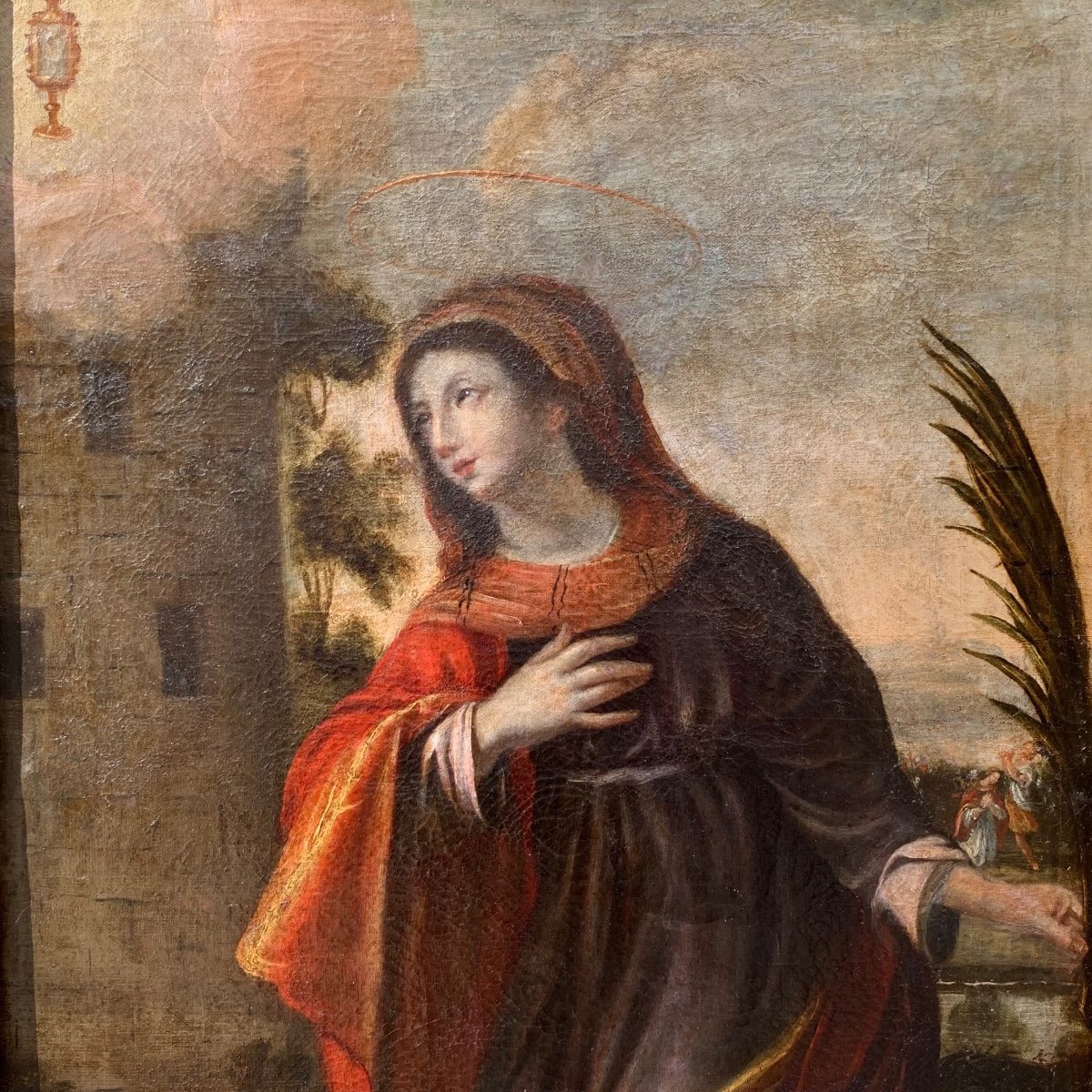
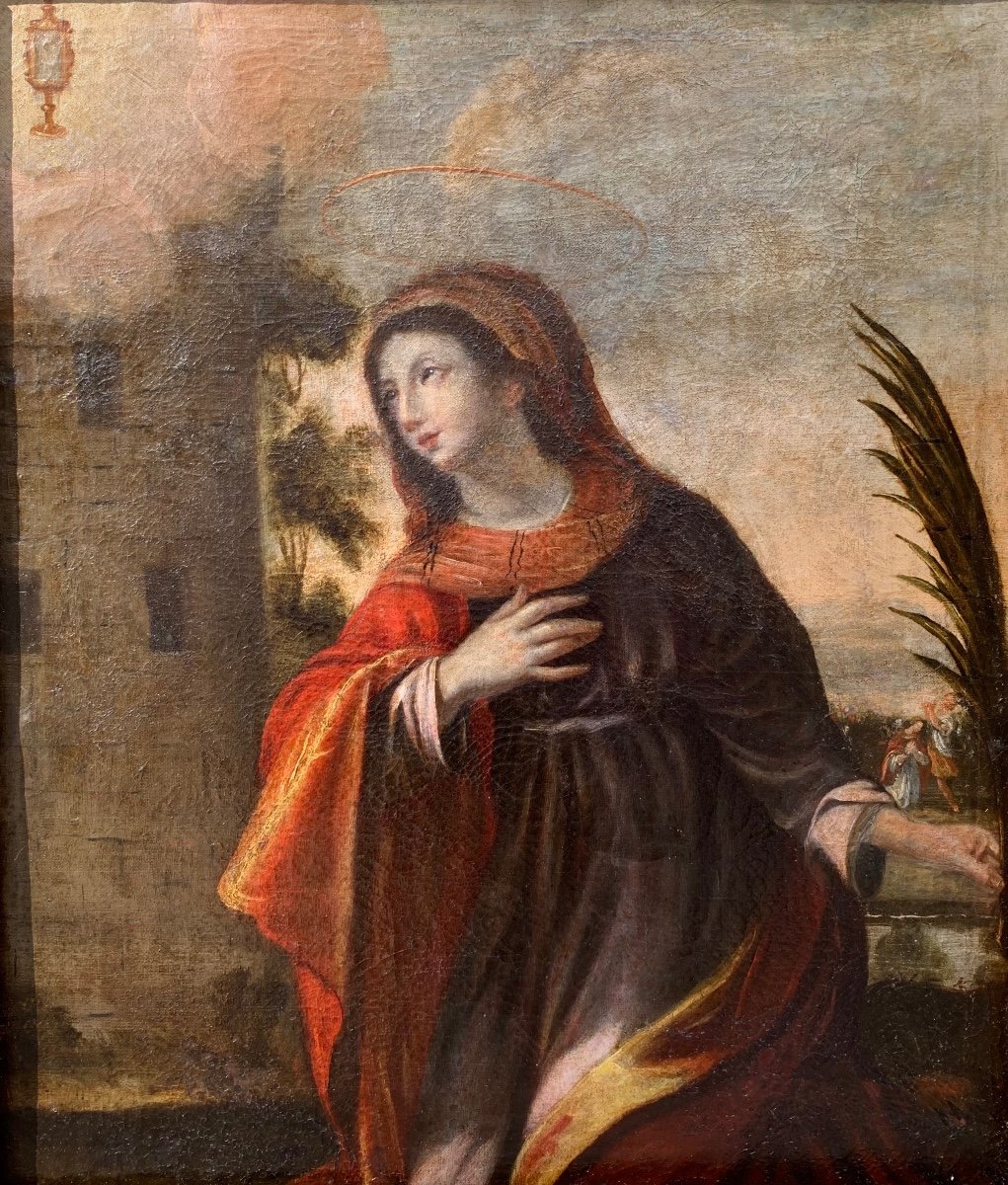
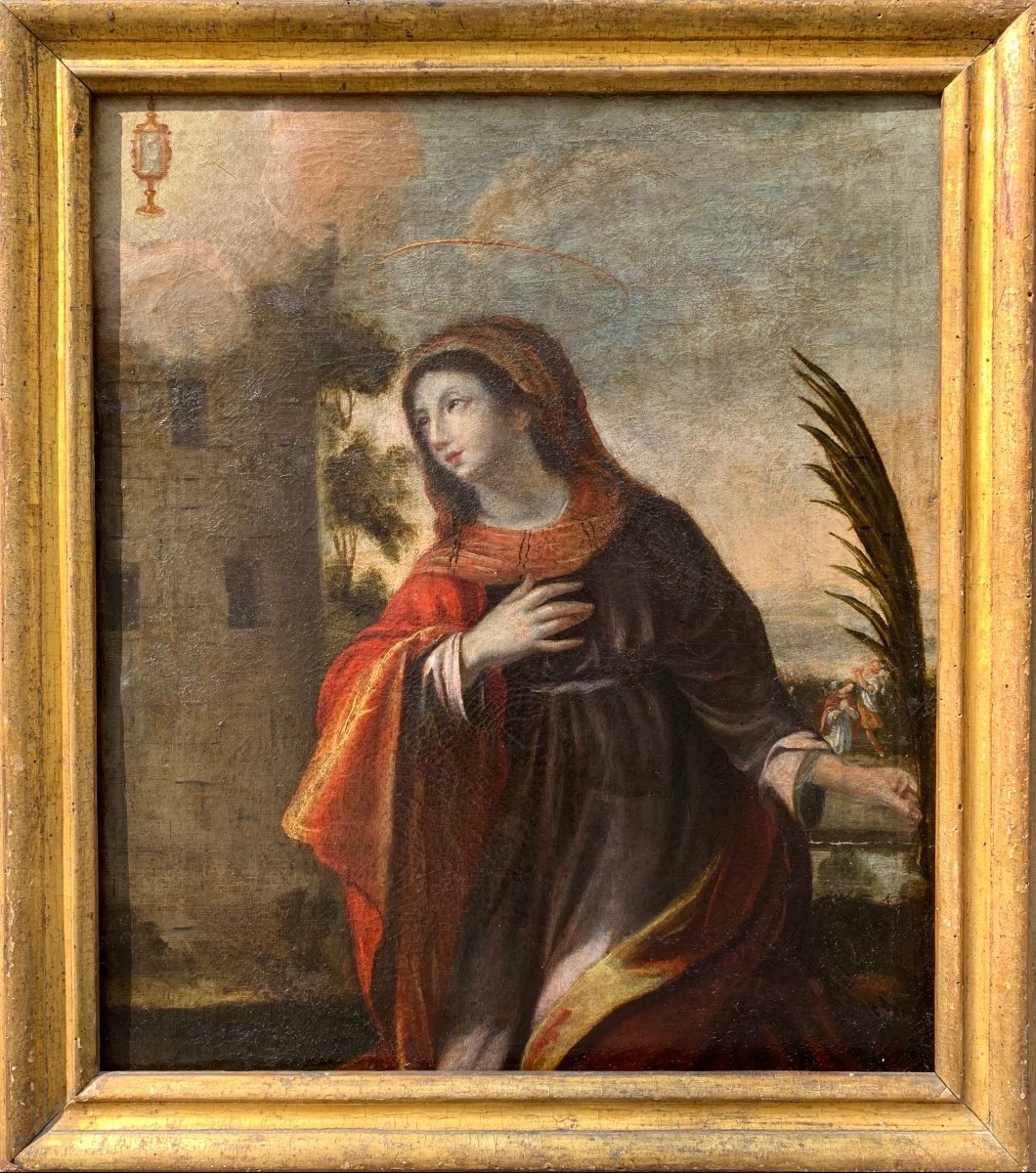

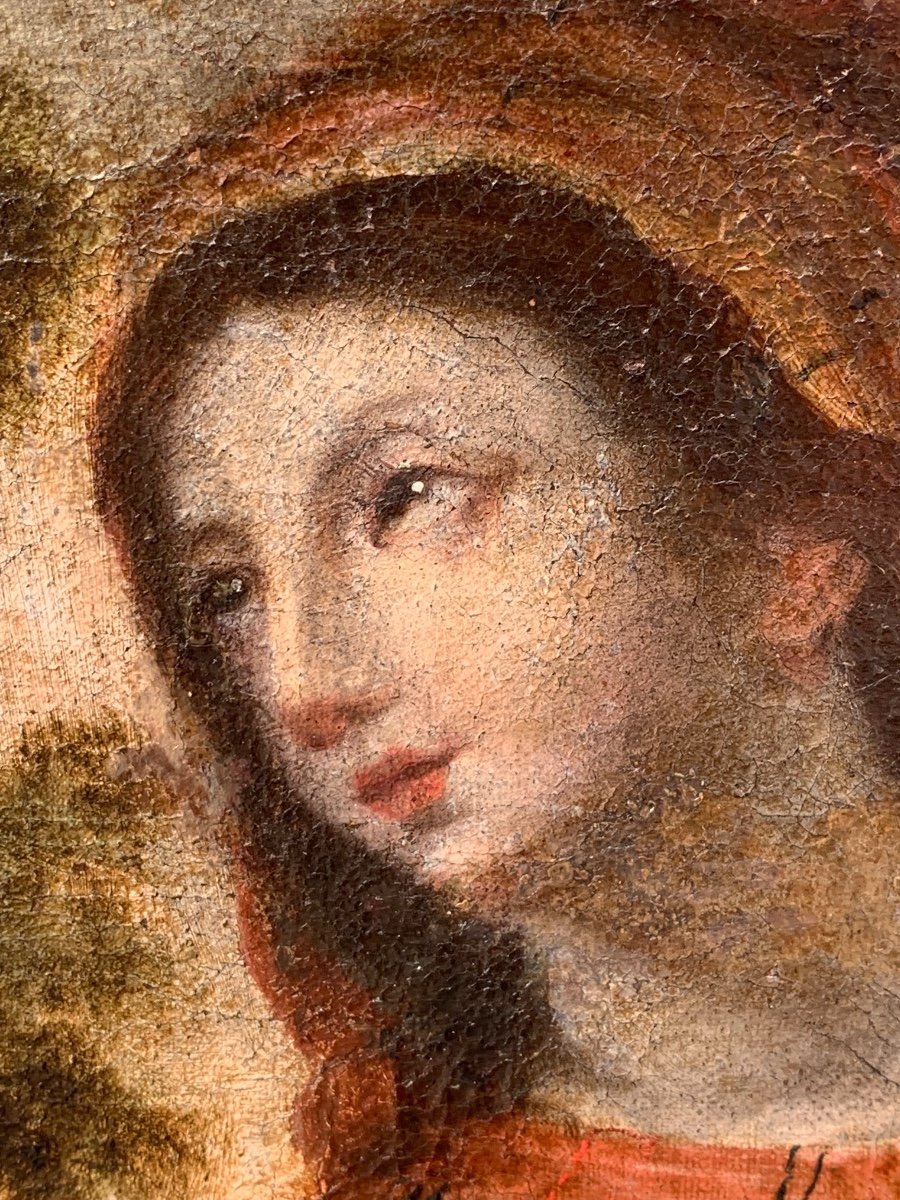
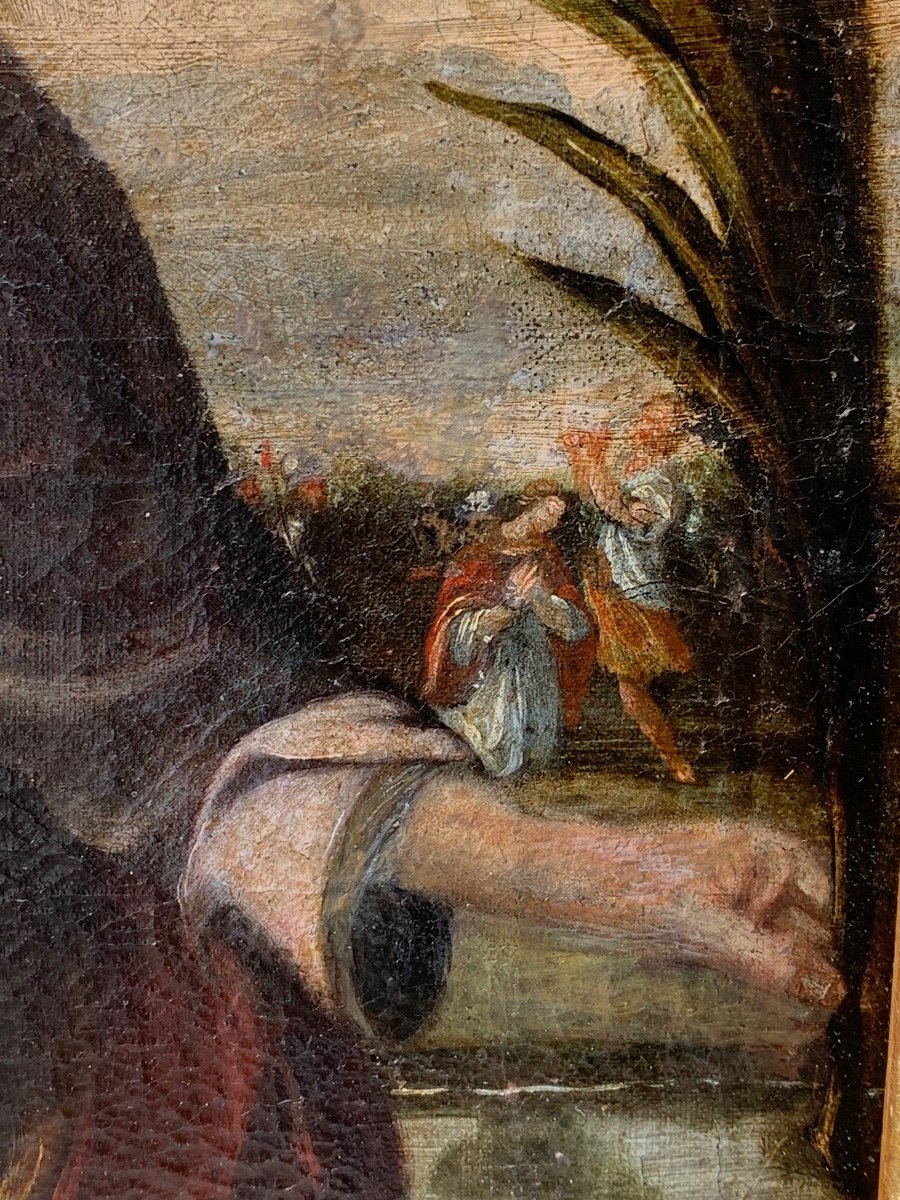
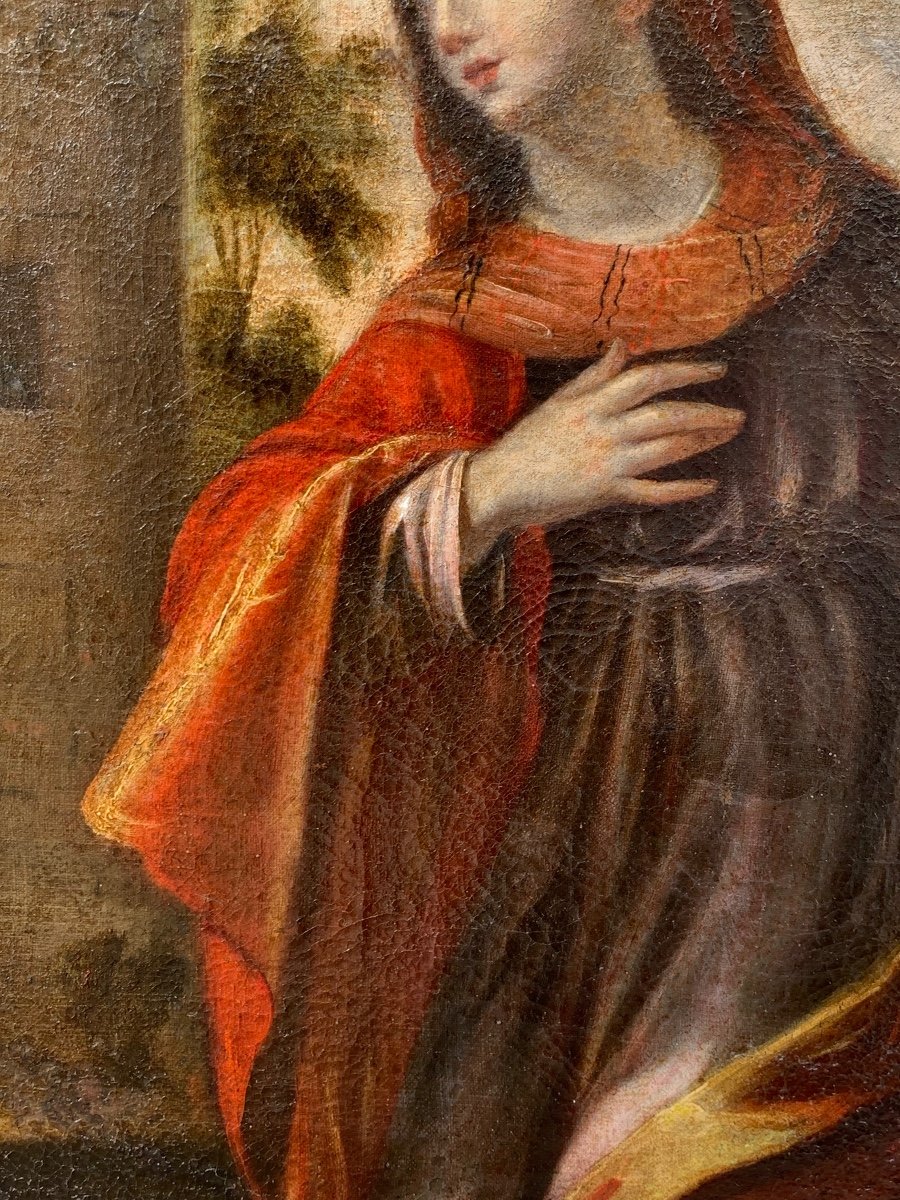
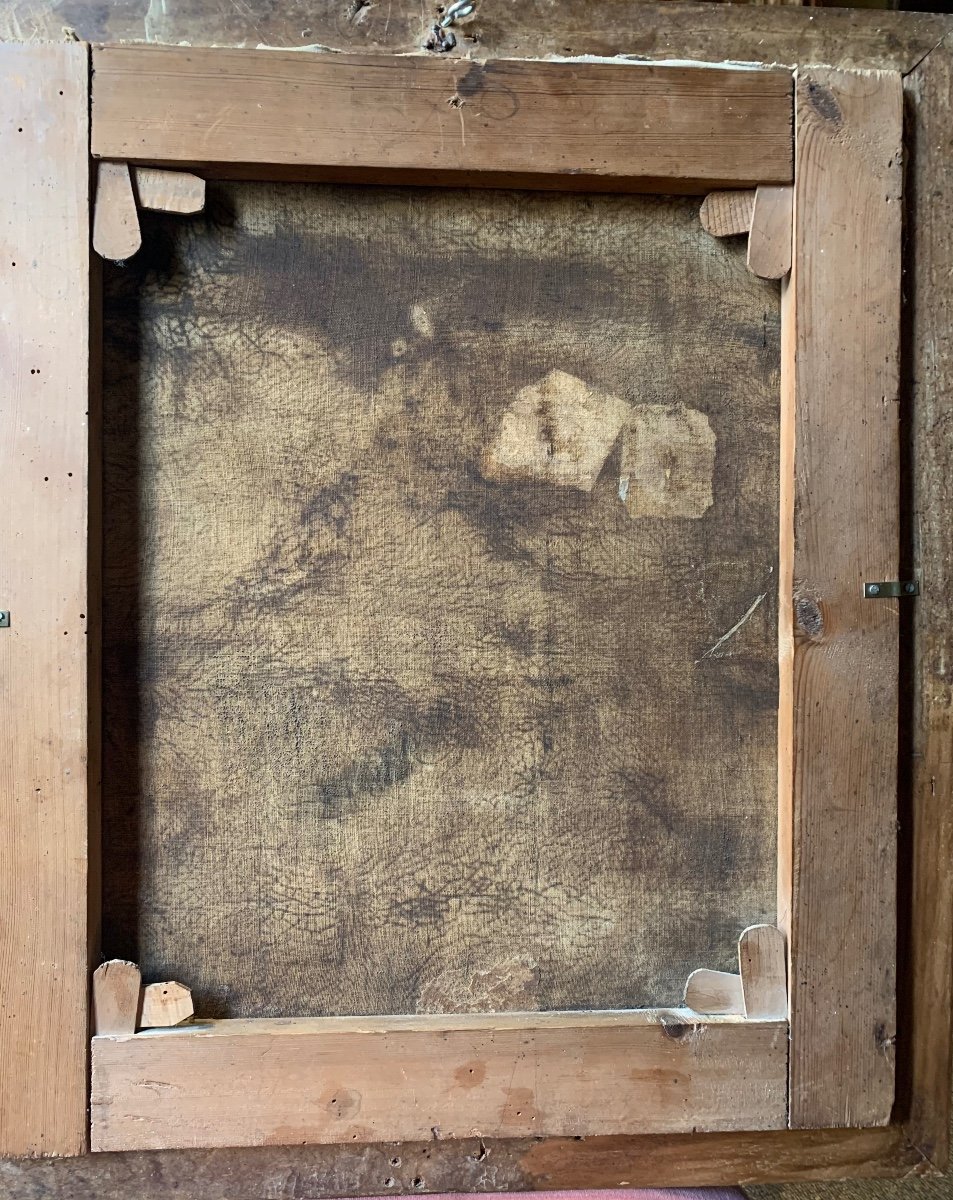









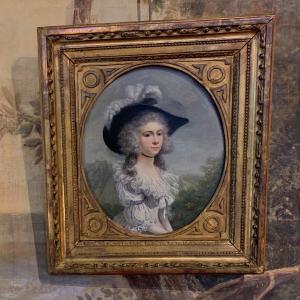
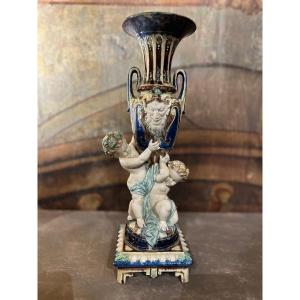
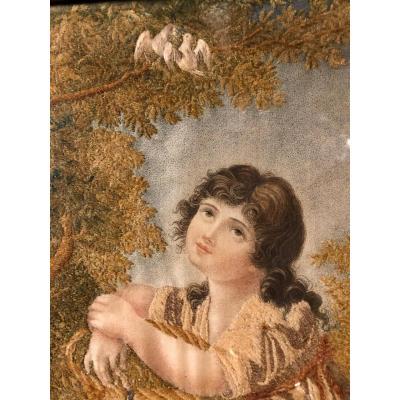
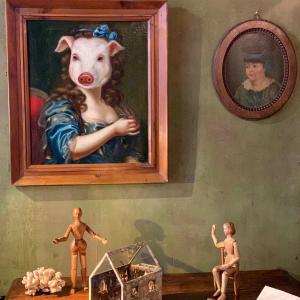
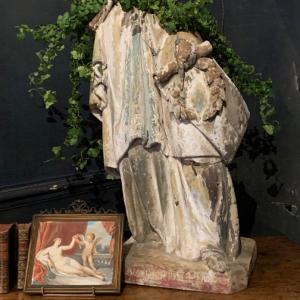
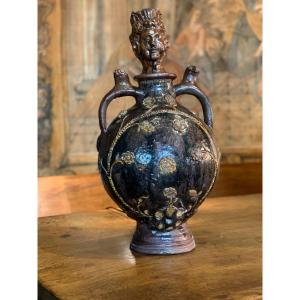





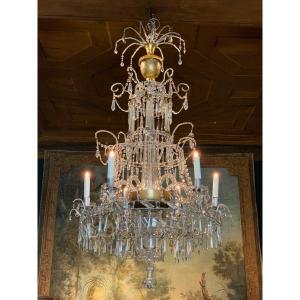



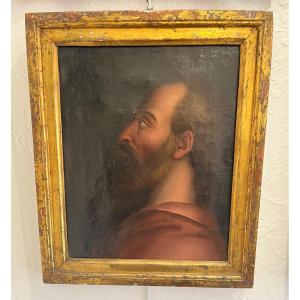







 Le Magazine de PROANTIC
Le Magazine de PROANTIC TRÉSORS Magazine
TRÉSORS Magazine Rivista Artiquariato
Rivista Artiquariato